Foot pain from embedded objects like splinters, glass shards, or small metal pieces can quickly turn into a serious issue if not handled properly. Knowing the right steps to take when foreign objects enter your foot can make a world of difference in reducing discomfort and preventing infection. This article provides a detailed guide on managing these situations safely and effectively.
Assessing and Identifying Embedded Objects
The first step when you feel a sharp pain or irritation in your foot is to assess whether a foreign object may be embedded. Some signs that indicate the presence of an embedded object include:
- Sudden Sharp Pain: A quick, stabbing pain might signal that something has punctured your skin.
- Visible Object or Discoloration: You may see a dark spot where the object is lodged.
- Redness or Swelling: The area around the object may show inflammation.
If you confirm an object is embedded, the next steps should be taken carefully to avoid further damage.
Immediate Steps to Address Embedded Objects
Once you identify an embedded object, follow these steps to manage the situation safely:
- Clean the Area: Before any removal, gently clean the area with warm water and mild soap. This initial cleaning reduces the risk of infection by washing away any bacteria on the skin’s surface.
- Wash Your Hands: Use soap and water to clean your hands thoroughly before attempting any removal. Handling an open wound with dirty hands increases the risk of introducing bacteria into the injury.
How to Remove an Embedded Object Safely
In some cases, you may be able to remove the object yourself if it’s not deeply lodged. Here’s how to do it correctly:
- Sterilize Your Tools: Use rubbing alcohol to sterilize a pair of tweezers or a needle. This sterilization step is essential to avoid infections from germs on the tools.
- Attempt Removal with Care: Use the tweezers to gently grip the object and pull it out. If it resists, stop the process, as forcing it out can worsen the wound.
If the object is deep within the foot or if you experience severe pain, it’s best to seek medical help rather than risking further injury by attempting self-removal.
Cleaning and Bandaging the Wound
Once the object is removed, cleaning and protecting the wound is essential to avoid infection:
- Disinfect the Area: Apply an antiseptic solution or ointment to the affected area to kill any remaining bacteria. This reduces the likelihood of an infection taking hold.
- Cover with a Bandage: Use a clean bandage or sterile dressing to protect the wound from dirt and bacteria. This barrier can prevent further irritation or re-entry of foreign particles.
- Monitor for Infection: Over the next few days, check for signs of infection, such as increased redness, swelling, pus, or lingering pain. If any of these symptoms arise, consult a healthcare provider promptly.
When to Seek Medical Assistance
There are times when removing an embedded object on your own is not advisable. Consider seeking professional help if:
- The Object Is Deeply Embedded: Objects lodged deep in the skin can be difficult to extract without proper tools and expertise.
- Significant Pain Persists: If the pain continues after initial treatment, it could indicate that a piece of the object remains or that an infection has started.
- Signs of Infection Appear: Symptoms such as swelling, pus, and redness should not be ignored. These are indicators that bacteria may be present and need professional attention.
- Removal Attempt Is Difficult: If you’re unable to reach or safely extract the object, it’s better to let a healthcare professional handle it to avoid worsening the wound.
Preventing Future Incidents of Embedded Objects
Avoiding future occurrences of embedded objects can help protect your foot health and reduce the risk of injuries. Some preventive measures include:
- Wear Protective Shoes: If you work or spend time in areas where sharp objects are common, wear closed-toe, protective footwear. This simple measure reduces the likelihood of foreign objects puncturing the skin.
- Keep Floors Clear of Hazards: Avoid walking barefoot, especially in areas with glass, metal, or splintered wood, as these are common sources of embedded objects.
- Regularly Check Your Feet: Especially after being in areas with potential hazards, examine your feet for cuts, bruises, or embedded materials. Early detection makes removal easier and can prevent infection.
Best Practices for Dealing with Foreign Objects in Your Feet
Even with all precautions, accidents can happen. Here are some best practices to handle embedded objects effectively:
- Avoid Walking Barefoot Outdoors: Walking barefoot increases the risk of stepping on sharp objects. Even a small puncture can lead to complications.
- Carry a First-Aid Kit: In case of an embedded object incident, a first-aid kit with antiseptics, tweezers, and bandages can help you handle the situation promptly.
- Educate Yourself on Foot Care: Learning basic first-aid for foot injuries empowers you to act quickly and reduce the likelihood of severe infections.
Final Words
Handling foot pain from embedded objects can be stressful, but with proper care and knowledge, you can manage the situation effectively. Taking immediate steps to clean the wound, carefully removing the object if possible, and monitoring for infection can help protect your foot health. Remember, for deeper injuries or signs of infection, it’s always best to seek professional help to avoid complications.
For expert guidance and personalized foot care, contact Steady Gait Foot Clinic in Scarborough. Our skilled team is here to help you walk pain-free.
